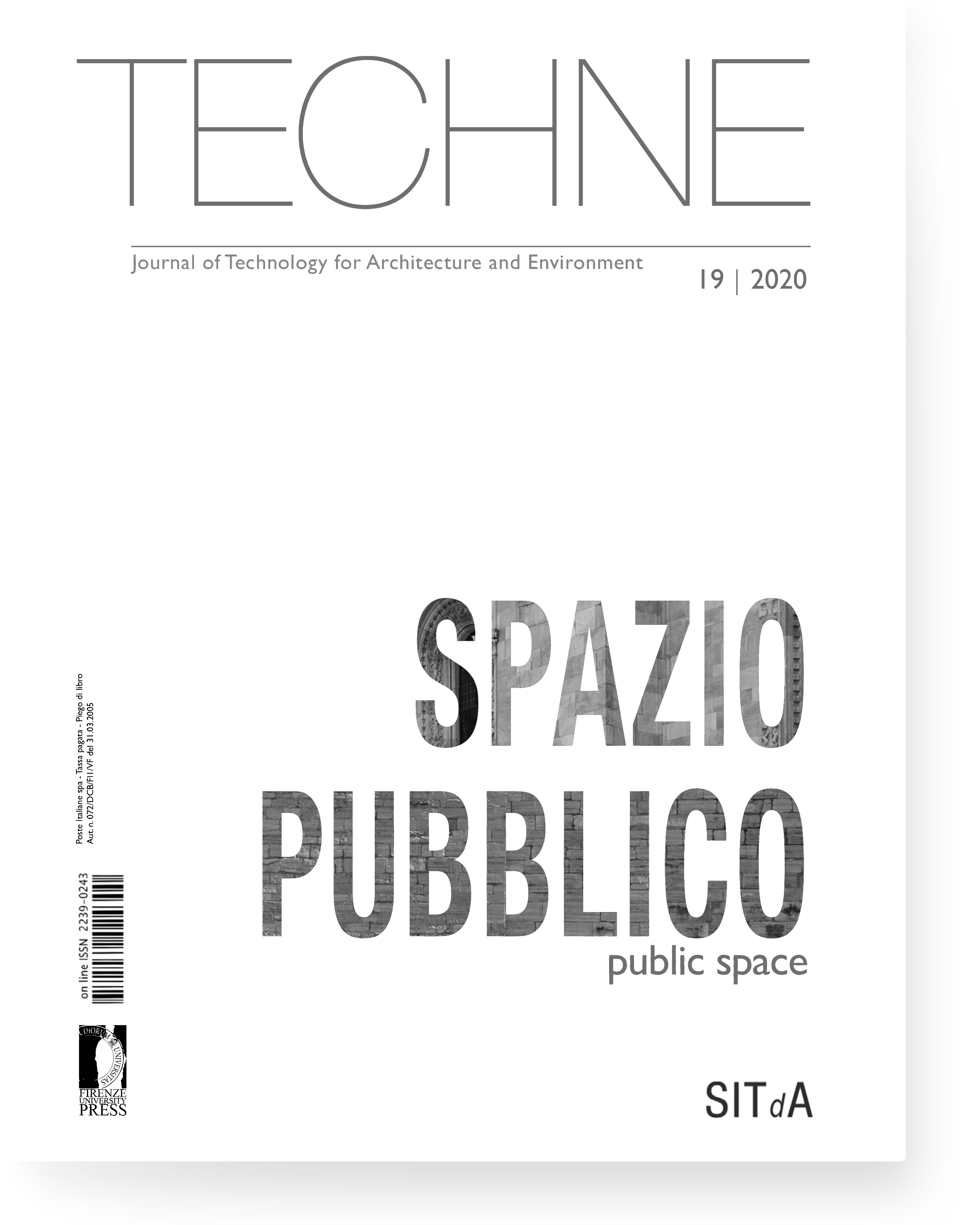Published 2020-01-15
Keywords
- Public open space,
- Marginal area,
- Participatory process,
- Architectural pedagogy,
- Design
How to Cite
Abstract
The article reviews and compares two cases of participative design processes in Central and South America neighbourhoods: Mixco (Guatemala) and Alto Peru, Chorrillos (Peru). Both processes aim for a micro-regeneration in public open spaces, involving students, faculties, local communities and other stakeholders, through data analysis, interviews, surveys and visits. The existing public spaces created without planning and intervention of professional architects, and not following official regulations have become realms for social life. They need particular attention for achieving social equity and inclusion. Pedagogically, participatory design increases the relevance of teaching experiences in architecture schools worldwide, but it shows some limits.






